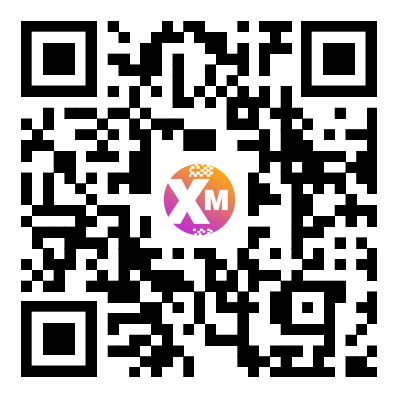Application Scenarios of Interactive Whiteboard
2023-10-18
Interactive whiteboards are versatile tools that find applications in various scenarios, particularly in educational and business settings. Here are some common application scenarios where interactive whiteboards are used:
Education and Classroom Teaching: Interactive whiteboards are widely used in classrooms at all levels of education. Teachers can display content, such as text, images, videos, and presentations, on the whiteboard, allowing for interactive and engaging lessons. They can also annotate, highlight, and manipulate content directly on the board, making it easier to explain concepts and involve students in the learning process. Interactive whiteboards facilitate collaborative learning, interactive quizzes, and interactive multimedia presentations.
Business and Corporate Meetings: In business settings, interactive whiteboards are used during meetings, presentations, and brainstorming sessions. They provide a digital canvas for presenting ideas, sharing data, and collaborating in real-time. Participants can write, draw, and annotate directly on the whiteboard, making it interactive and dynamic. Interactive whiteboards can also integrate with other collaborative tools and software, enabling remote collaboration and document sharing.
Training and Professional Development: Interactive whiteboards are valuable tools for training sessions and professional development programs. Trainers can use the whiteboard to deliver content, showcase demonstrations, and engage participants through interactive activities. The interactive nature of the whiteboard allows for real-time feedback, quizzes, and interactive exercises, enhancing the learning experience and knowledge retention.
Presentations and Conferences: Interactive whiteboards are suitable for delivering dynamic and visually appealing presentations in conferences, seminars, and public speaking engagements. Presenters can use the whiteboard to display multimedia content, annotate key points, and interact with the audience. Interactive whiteboards enable smooth transitions between slides, video playback, and integration with other digital resources, making presentations more engaging and interactive.
Collaboration and Teamwork: Interactive whiteboards facilitate collaborative work and teamwork in various settings. Whether it's in design studios, creative agencies, or project management teams, interactive whiteboards provide a shared workspace for brainstorming, planning, and visualizing ideas. Multiple users can contribute simultaneously, adding notes, sketches, and content to the board, fostering a collaborative and interactive environment.
Remote Learning and Virtual Meetings: With the rise of remote learning and virtual meetings, interactive whiteboards play a crucial role in facilitating virtual collaboration and communication. They enable teachers and presenters to share content, engage with remote participants, and conduct interactive sessions from any location. Interactive features, such as screen sharing, live annotation, and remote control, enhance the virtual learning and meeting experience.
Professional Design and Artistic Work: Interactive whiteboards are used by professionals in design, architecture, and artistic fields. They provide a digital canvas for sketching, drawing, and creating visual concepts. Artists can use the whiteboard to showcase their work, receive feedback, and collaborate with clients or colleagues in real-time.
These are just a few examples of the application scenarios where interactive whiteboards are commonly used. Their versatility, interactivity, and collaborative features make them valuable tools in various educational, business, and creative contexts.


